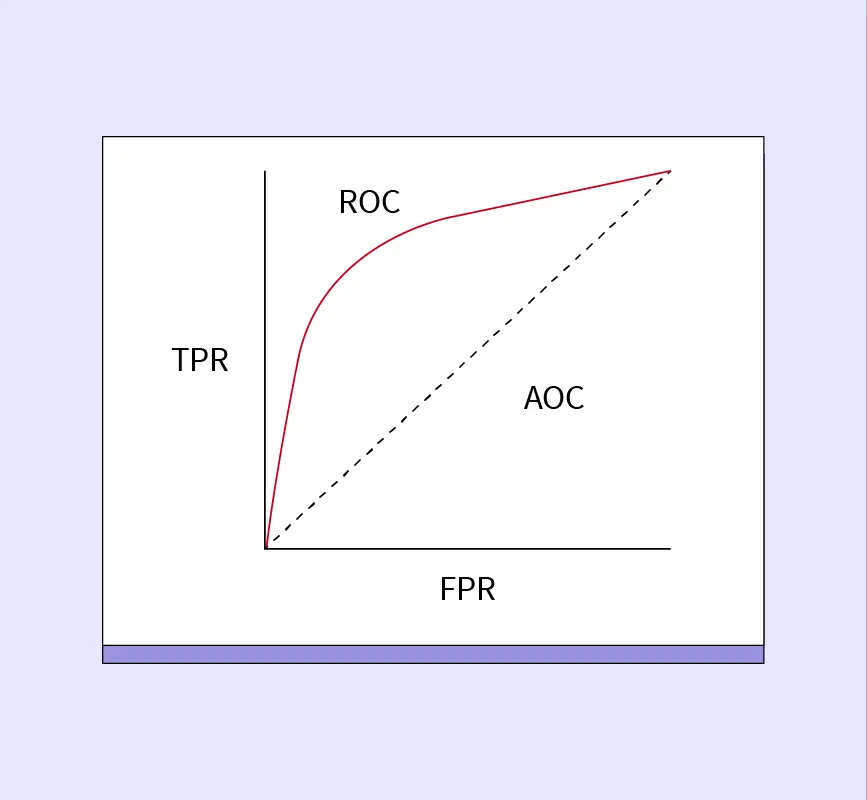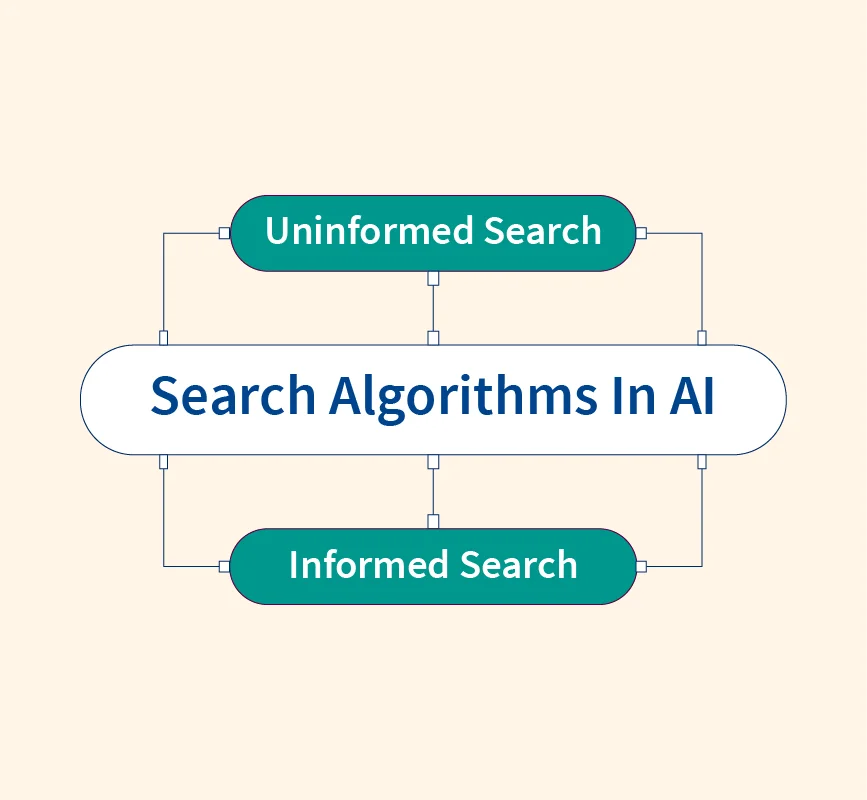Data has become one of the most valuable resources in today’s world, powering everything from business decisions to product recommendations. With every passing second, more data is being generated across various platforms and industries, making it essential to analyze and interpret this information effectively.
Data analytics plays a crucial role in helping organizations process large amounts of raw data to uncover actionable insights. By utilizing data analytics, businesses can improve their decision-making processes, forecast future trends, and understand consumer behavior.
There are four key types of data analytics that businesses use today: descriptive, diagnostic, predictive, and prescriptive analytics. Each type serves a unique purpose and provides different insights, ranging from understanding what happened in the past to suggesting future actions. In this article, we’ll explore each type of data analytics in simple terms.
What is Data Analytics?
At its core, data analytics is the process of examining raw data to draw useful conclusions and make informed decisions. It involves several steps, including data collection, data cleaning, and analysis, all aimed at uncovering patterns and trends. The goal of data analytics is to extract meaningful insights from data to improve business outcomes, optimize processes, and enhance decision-making.
Understanding Data Analytics with a Simple Example:
Imagine a clothing retailer collecting information about customer purchases, such as the types of clothing bought, the time of year certain items are popular, and customer reviews. By analyzing this data, the retailer can understand which products are in demand, identify customer preferences, and even predict future trends. This enables them to stock popular items, improve customer satisfaction, and increase sales.
In essence, data analytics transforms raw data into valuable insights that businesses can use to gain a competitive edge.
Four Types of Data Analytics
1. Descriptive Analytics
Descriptive analytics is the foundational level of data analytics. It helps businesses understand what happened in the past by summarizing historical data into meaningful patterns. This type of analytics is often used to create reports, charts, and dashboards that show trends, spikes, or declines in metrics like sales, website visits, or customer engagement. It’s widely used because it provides a clear view of what has already occurred, making it easier to assess past performance.
Common Uses of Descriptive Analytics:
- Sales Reports: Summarizing daily, weekly, or monthly sales figures.
- Customer Segmentation: Analyzing customer demographics, such as age groups or regions.
- Website Traffic: Monitoring the number of visitors and their behavior on a company’s website.
How to Get Started with Descriptive Analytics:
- Define Goals: Start by identifying the questions you want answered. For example, “How did our sales perform last quarter?” or “What products were most popular?”
- Collect Data: Gather relevant data from internal databases (e.g., sales records) or external sources (e.g., market reports, customer surveys).
- Data Cleaning: Ensure that the data is accurate, consistent, and free of errors, as clean data is essential for reliable insights.
- Visualize the Data: Use tools like bar charts, pie charts, and line graphs to visualize the trends. Visualization tools, such as Power BI, Google Data Studio, or Tableau, make it easy to present data in a clear and understandable way.
- Interpret Insights: Once the data is visualized, analyze the trends and patterns to draw meaningful conclusions. For instance, you may notice that sales peak during certain months, indicating the effectiveness of a promotional campaign.
Real-World Example of Descriptive Analytics:
An e-commerce platform uses descriptive analytics to track user engagement. By analyzing website visits, time spent on pages, and product views, they can determine which sections of their website are performing well and which need improvement. This helps them enhance user experience and increase sales conversions.
2. Diagnostic Analytics
Diagnostic analytics goes beyond simply reporting on what happened; it seeks to explain why it happened. This type of analytics helps organizations dig deeper into their data to identify the root causes of specific trends or anomalies. While descriptive analytics shows past events, diagnostic analytics helps answer questions like, Why did sales decrease in a specific region? or What caused a sudden spike in website traffic?
This type of analytics uses techniques such as data drilling, correlation analysis, and root cause analysis to discover the underlying factors behind the observed patterns. It helps businesses understand the “why” behind their data, allowing them to take corrective actions or capitalize on opportunities.
Common Uses of Diagnostic Analytics:
- Sales Decline: Investigating a drop in sales and identifying potential causes, such as poor customer service, a competitor’s promotion, or seasonal factors.
- Customer Churn Analysis: Identifying why customers are leaving by analyzing factors such as product dissatisfaction, pricing, or competitor influence.
- Operational Failures: Analyzing machine downtime in a manufacturing plant to determine whether it’s caused by equipment failure, operator error, or supply chain issues.
How to Get Started with Diagnostic Analytics:
- Identify the Problem: Define the specific issue or anomaly you want to investigate, such as a decrease in sales or an increase in customer complaints.
- Collect and Examine Data: Gather the data related to the problem, including internal data (e.g., transaction records) and external data (e.g., competitor performance or industry benchmarks).
- Perform Root Cause Analysis: Use diagnostic techniques like drill-down analysis to explore the underlying causes. For example, if sales dropped in a region, you might drill down into customer feedback to identify issues with product quality.
- Use Statistical Models: Leverage statistical techniques to identify correlations or anomalies in your data. For example, you might find that product returns spike after a marketing campaign, suggesting issues with the promoted product.
Real-World Example of Diagnostic Analytics:
A telecommunications company notices a sudden spike in customer cancellations in one region. By applying diagnostic analytics, they discover that the issue stems from a service outage that lasted several hours, which led to customer dissatisfaction. The company can now address the technical issue and improve their communication with affected customers.
3. Predictive Analytics
Predictive analytics focuses on forecasting future outcomes based on historical data. It answers the question: What is likely to happen? By analyzing past patterns and trends, predictive analytics helps businesses make educated guesses about the future. This type of analytics uses techniques such as statistical models, machine learning algorithms, and data mining to predict future events.
Common Uses of Predictive Analytics:
- Sales Forecasting: Predicting future sales based on historical sales data, seasonal trends, and market conditions.
- Customer Behavior Prediction: Using past purchase data to predict customer buying habits and recommend relevant products.
- Risk Management: Predicting financial risks such as loan defaults or insurance claims by analyzing past risk factors and customer profiles.
Techniques Used in Predictive Analytics:
- Regression Analysis: A statistical technique that models the relationship between dependent and independent variables to forecast outcomes. For example, it can be used to predict sales based on advertising spend.
- Time Series Forecasting: Analyzing time-ordered data (e.g., monthly sales figures) to forecast future values based on past trends.
- Machine Learning Algorithms: These algorithms can be trained on historical data to identify patterns and predict future behavior. For example, machine learning can be used to detect fraud based on past transaction data.
How to Get Started with Predictive Analytics:
- Identify the Goal: Define what you want to predict, such as future sales or customer churn.
- Collect and Clean Data: Gather relevant historical data and ensure it’s cleaned and ready for analysis. Poor data quality can significantly affect predictions.
- Build Predictive Models: Use statistical tools or machine learning models to forecast outcomes. Tools like Python (with libraries such as Scikit-learn) or R can be used for this.
- Evaluate Model Accuracy: Test your predictive models to ensure accuracy. You can fine-tune them by adjusting parameters or using different datasets.
Real-World Example of Predictive Analytics:
A healthcare provider uses predictive analytics to forecast the likelihood of patients developing chronic illnesses based on their medical history and lifestyle data. This allows the provider to offer early interventions and preventative care, improving patient outcomes and reducing healthcare costs.
4. Prescriptive Analytics
Prescriptive analytics goes a step beyond prediction by recommending specific actions to take based on data analysis. It answers the question: What should we do? This type of analytics not only predicts future outcomes but also provides actionable recommendations to optimize decision-making. Prescriptive analytics is often used in scenarios where businesses need to decide the best course of action to achieve a specific outcome, like minimizing costs, maximizing profits, or improving efficiency.
For example, a logistics company might use prescriptive analytics to determine the most efficient delivery routes, reducing fuel costs and improving delivery times. By analyzing traffic patterns, fuel prices, and vehicle performance, prescriptive analytics helps the company optimize its operations.
Common Uses of Prescriptive Analytics:
- Supply Chain Optimization: Recommending the most efficient routes for shipments to reduce costs and improve delivery times.
- Personalized Marketing: Suggesting targeted promotions or product recommendations based on individual customer behavior and preferences.
- Inventory Management: Recommending how much inventory to hold based on demand forecasts, minimizing the risk of overstocking or stockouts.
Techniques Used in Prescriptive Analytics:
- Optimization Models: Mathematical models used to find the most efficient way to allocate resources or complete tasks. For example, a retail company might use optimization to determine the best pricing strategy for maximizing revenue.
- Simulation Models: These models are used to simulate different scenarios and test the outcomes of various decisions. This is often used in industries like manufacturing and logistics to optimize processes.
- Decision Trees: A graphical representation of possible solutions to a decision problem. Decision trees help in evaluating the outcomes of different choices and choosing the best option.
How to Get Started with Prescriptive Analytics:
- Define Objectives: Clearly identify the goals you want to achieve, such as reducing costs, increasing sales, or improving efficiency.
- Collect Relevant Data: Gather historical and real-time data that can help inform decisions. For example, a supply chain manager would collect data on traffic patterns, delivery times, and fuel costs.
- Build Prescriptive Models: Use tools like optimization algorithms and simulation models to analyze different scenarios and recommend the best course of action.
- Implement and Monitor: After choosing a recommendation, implement it and monitor the results to ensure it leads to the desired outcome.
Real-World Example of Prescriptive Analytics:
A ride-sharing company uses prescriptive analytics to dynamically adjust pricing based on real-time demand, weather conditions, and traffic patterns. This helps the company balance supply and demand, ensuring that customers can get rides when they need them while maximizing drivers’ earnings.
The Role of Data Analytics
Data analytics plays several key roles in organizations, helping them make data-driven decisions and optimize operations.
1. Statistical Analysis
Statistical methods are essential for interpreting data, identifying trends, and making predictions. They provide organizations with insights that guide decision-making and reduce uncertainty.
2. Data Presentation
Clear and concise data visualization is critical for communicating insights effectively. Charts, graphs, and dashboards make complex data easy to understand for both technical and non-technical audiences.
3. Data Mining
Data mining uncovers hidden patterns and trends in large datasets. It helps organizations find valuable insights, such as customer behavior or fraud detection, that would otherwise go unnoticed.
4. Data Management
Good data management ensures data is clean, organized, and accessible. This is essential for ensuring accurate and meaningful analytics results, allowing businesses to trust the insights they derive.
Steps in Data Analysis
A typical data analysis project involves several key steps that help turn raw data into actionable insights. Let’s briefly outline these steps:
1. Define Data Requirements
The first step is to identify the specific data needed to address the business problem or question. This involves understanding the goals of the analysis and determining what kind of data—such as sales figures, customer feedback, or website traffic—is required to provide meaningful answers.
2. Data Collection
Once the requirements are clear, data is collected from various sources. This could include internal databases, customer surveys, social media platforms, or third-party sources. Gathering accurate and relevant data is crucial to ensure the analysis is based on solid information.
3. Data Organization
Before analysis can begin, the collected data must be organized and structured. This involves cleaning, transforming, and formatting the data so that it’s ready for analysis. Well-organized data makes it easier to spot trends and patterns during analysis.
4. Data Cleaning
Data cleaning addresses any issues like missing values, duplicates, or inconsistencies that may affect the accuracy of the analysis. Techniques such as removing errors, filling in missing data, and standardizing formats ensure the dataset is accurate and reliable.
Usage of Data Analytics
Data analytics is applied across multiple industries to improve decision-making and efficiency:
1. Finance
Data analytics helps in risk management, fraud detection, and investment decisions by analyzing market trends and identifying suspicious activities.
2. Marketing
Marketers use analytics to understand customer behavior, track campaign performance, and personalize marketing strategies for better results.
3. Healthcare
In healthcare, data analytics improves patient care by tracking outcomes, forecasting diseases, and optimizing treatment plans.
4. Retail
Retailers use analytics for inventory management, demand forecasting, and personalized product recommendations based on customer behavior.
5. Manufacturing
Manufacturers leverage analytics for predictive maintenance, quality control, and supply chain optimization to reduce downtime and improve efficiency.
Future Scope of Data Analytics
The future of data analytics is driven by new technologies that are enhancing its capabilities. Key advancements include:
1. Big Data
Big Data technologies enable organizations to analyze vast amounts of information in real-time, improving decision-making and providing deeper insights across industries like finance, healthcare, and retail.
2. Artificial Intelligence (AI)
AI automates data analysis and improves prediction accuracy. Machine learning, a subset of AI, allows systems to learn from data patterns, making AI essential for forecasting, risk analysis, and personalized recommendations.
3. Internet of Things (IoT)
The IoT connects devices and generates data from sensors and machines. IoT analytics helps businesses monitor performance, optimize processes, and make real-time decisions in industries like manufacturing and logistics.
4. Edge Computing
Edge computing processes data closer to its source rather than relying on a central cloud. This reduces latency and allows faster data analysis, especially in IoT applications. It’s particularly useful in industries like autonomous vehicles, smart cities, and real-time healthcare monitoring.
Conclusion
Data analytics has become a cornerstone of modern business operations, enabling organizations to make smarter, data-driven decisions. From understanding past performance with descriptive analytics to forecasting future outcomes with predictive analytics, businesses can harness the power of data to improve efficiency, reduce risks, and enhance customer experiences.
The future of data analytics looks even more promising, with advancements in Big Data, AI, IoT, and Edge Computing pushing the boundaries of what’s possible. As these technologies continue to evolve, organizations will have even more powerful tools at their disposal to gain insights, optimize processes, and stay competitive in a data-driven world.
Ultimately, embracing data analytics is no longer optional—it’s essential for businesses looking to thrive in today’s digital age.


